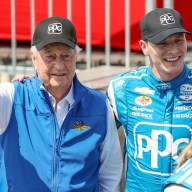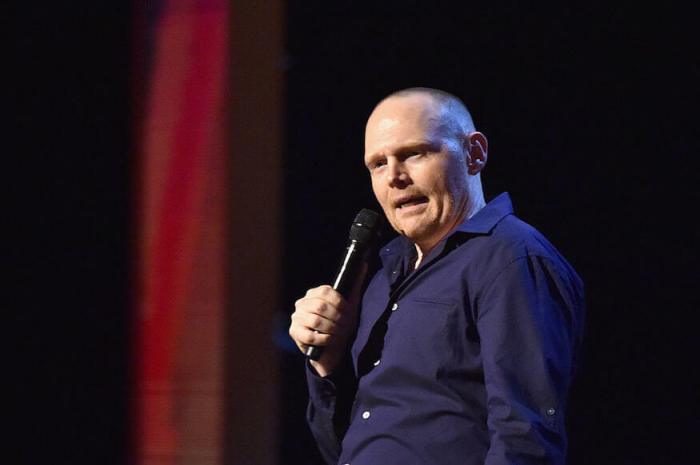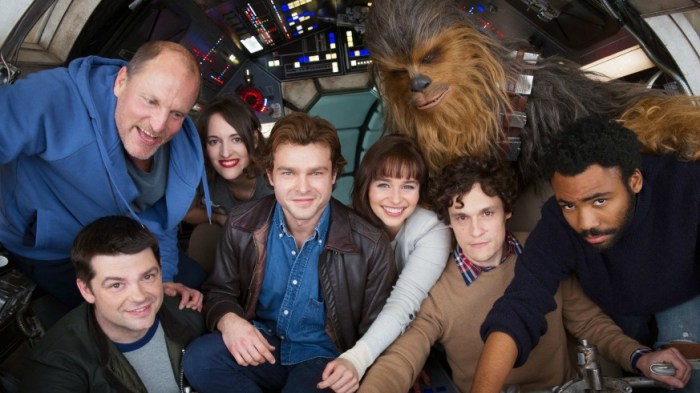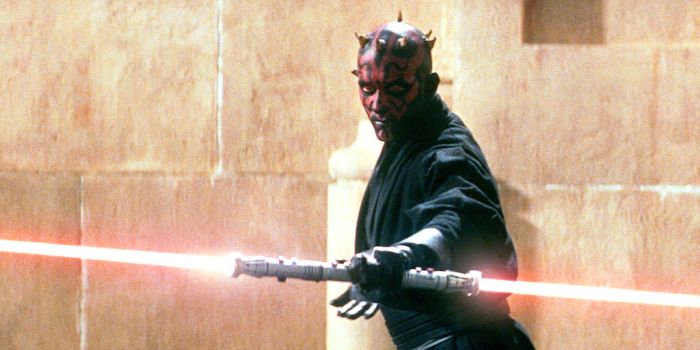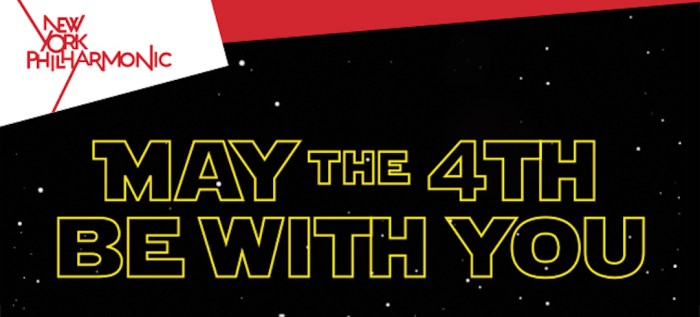When it came out in the late 1970s, “Star Wars” was hailed for being upbeat and old-fashioned — an antidote to the depresso cinema Hollywood had been churning out. (That it was also a rousing film about revolutionaries fighting an evil empire released in the wake of the Vietnam War and Watergate was somewhat ignored.) “Star Wars” was so old-fashioned that its maker, George Lucas, was largely drawing upon movies (and literature, and operas) from several decades past. If your fiending for “Star Wars: The Force Awakens” knows no bounds, you can always subsist on some of the films that inspired the 1977 original, in ways both major and minor. RELATED: Geek Girl in Hollywood: The women of “Star Wars” speak ‘The Hidden Fortress’ (1957)
At this point Akira Kurosawa’s samurai opus is better known as the film Lucas most extensively ripped off for the movie we’d rather not refer to as “A New Hope.” It’s not exactly the same story, but it does feature the following: a pair of bickering peasants, a surly hero, a feisty princess, a mysterious baddie (who might not be as bad as he lets on) and, of course, an not-so-impregnable fortress. It’s also, for Kurosawa, a relatively light affair. Often times his samurai films are as dynamic as they are heavy — or, in the case of “Yojimbo,” hilariously cycnical. “The Hidden Fortress,” meanwhile, is pretty much a straight-up adventure, beautifully told and filmed, and only profound in its final moments. “I had fun,” the princess rhapsodizes in retrospect, even as our heroes seem doomed. “I got to see the good and bad in people.” See on: Hulu Plus
‘Flash Gordon’ serials (1936-1940)
Lucas drew a lot of his visuals — and the gee-whiz cliffhanger nature of “Star Wars”’s plot — from the 1930s “Flash Gordon” serials, which starred swimmer-turned-actor Buster Crabbe as Alex Raymond’s comic strip hero: a polo player who finds himself amidst adventures in space. The ascending text scrawls that open each “Star Wars” entry were lifted straight from them. Ditto, in a way, Luke Skywalker himself, who, like Flash, is a blonde-haired everyguy plucked from his home to battle a scary supervillain. It only took three years after “Star Wars” for a “Flash Gordon” movie to join the throngs of ripoffs, although it was too delightfully weird to create its own franchise. See on: YouTube, as they’re in the public domain
‘Metropolis’ (1927)
Another film to crash theaters in the wake of “Star Wars” was Fritz Lang’s silent-era sci-fi landmark, “Metropolis.” In 1984, no less than synth music god Giorgio Moroder restored the film and reworked it for modern audiences, losing the intertitles, which became subtitles on top of the images, adding color tinting, cutting it down to 87 minutes and lathering it in music by the likes of Pat Benatar, Freddy Mercury, Adam Ant and Loverboy. It also brought the evil metal robot Maria back into the pop culture landscape — and it suspiciously looked a lot like C-3PO, the more benign one Lucas devised for his own sci-fi blockbuster. See on: Netflix Instant
‘The Searchers’/‘Once Upon a Time in the West’
When “Star Wars” came out, the Western was all but dead. But the Western never really died; it was just absorbed by other genres. “Star Wars” freely grabbed from their wares, among them John Ford’s “The Searchers,” which also included the rescue of a woman from those at least perceived as evil. Lucas has cited Henry Fonda’s introduction in “Once Upon a Time in the West” as a visual inspiration for Darth Vadar’s entrance. Moreover, both films featured actors known for goodness and decency — in “Star Wars”’s case, James Earl Jones — and making them villainous. The shots of desert planet Tatooine, meanwhile, are right out of any Western. See on: “The Searchers”: For purchase on iTunes, Google Play and Vudu; “West”: Netflix Instant
‘Casablanca’ (1942)
If that multicultural cantina scene looked familiar, that’s because Lucas was inspired by Rick’s Cafe in “Casablanca,” a hive for the world’s scum and villains — or at least everyone from Peter Lorre to Claude Rains to Sidney Greenstreet to Humphrey Bogart himself. Better yet: massive mid-film flashback aside, the bar stuff takes up pretty much the whole movie. See on: For purchase on iTunes, Google Play and Vudu
‘2001: A Space Odyssey’ (1968)
Big budget space movies were pretty short on the ground in 1970s Hollywood, even considering the rise of the space program, and especially even considering one of the ’60s biggest surprise hits: Stanley Kubrick’s hypnotic sci-fi/art film. You can see the cash-strapped “Star Wars” production drawing on the pioneering work of “2001”’s crafty f/x artist Douglas Trumbull, who found practical ways to create many of the still-stunning, otherworldly images. ’21-87’ (1964)
Before Lucas went full-on populist with “American Graffiti” and then “Star Wars,” he saw himself as an artist. His first feature, “THX-1138,” may be a sci-fi film, but visually it’s closer to an experimental film. It was even an expansion on “Electronic Labyrinth: THX 1138 4EB,” which Lucas made in 1967 while at USC and which was inspired by his love for avant-garde cinema. One name he’s often dropped has been Arthur Lipsett, the Canadian filmmaker who diced up archival footage and sounds into dynamic, unsettling and often funny ruminations on humanity. Lipsett’s second film, “21-87,” broods over man letting machines taking over man — not unlike Darth Vadar. Is that a stretch? Probably. But know that Lucas channeled his love for Lipsett into a “Star Wars” Easter Egg: Princess Leia’s jail cell on the Death Star is no less than 21-87. (We expanded on this story, however dorkily, in this article.) Big influences not streaming, anywhere, in America (at least legally):
Lucas has regularly cited the 1955 British war film “The Dam Busters” as something he cribbed from for the Death Star trench run climax. But you’ll have to find the DVD to see it. The same goes with a major inspiration on a major scene in “Star Wars”: The award ceremony ending is lifted, almost shot-for-shot, from a similar sequence in “Triumph of the Will,” Leni Riefenstahl propagandistic paean to the glories of Adolf Hitler — a film that helped popularize the Nazi Party in Germany and almost destroy the world. That should taint your enjoyment of a light, fun, inspiring entertainment featuring a tall guy in a hairy costume.
8 films to stream that inspired ‘Star Wars’
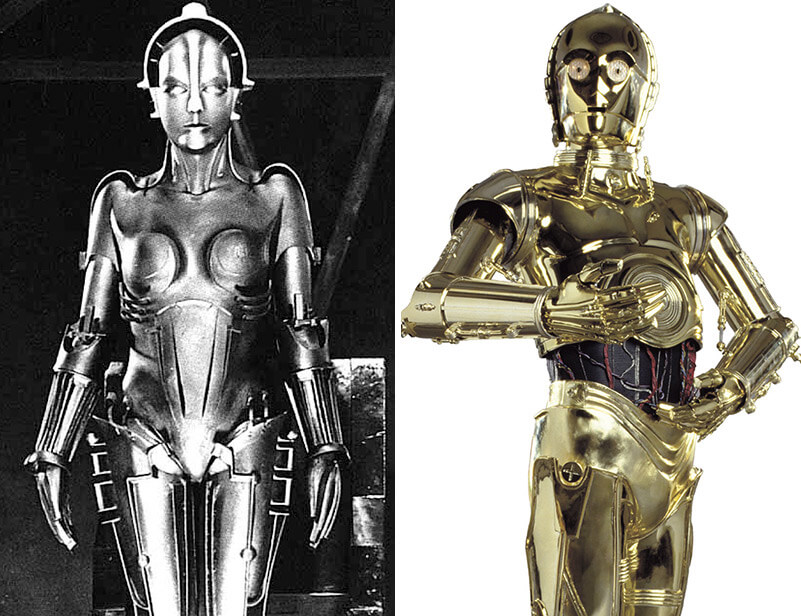
Kino, Lucasfilm
See on: Netflix Instant
Follow Matt Prigge on Twitter @mattprigge





